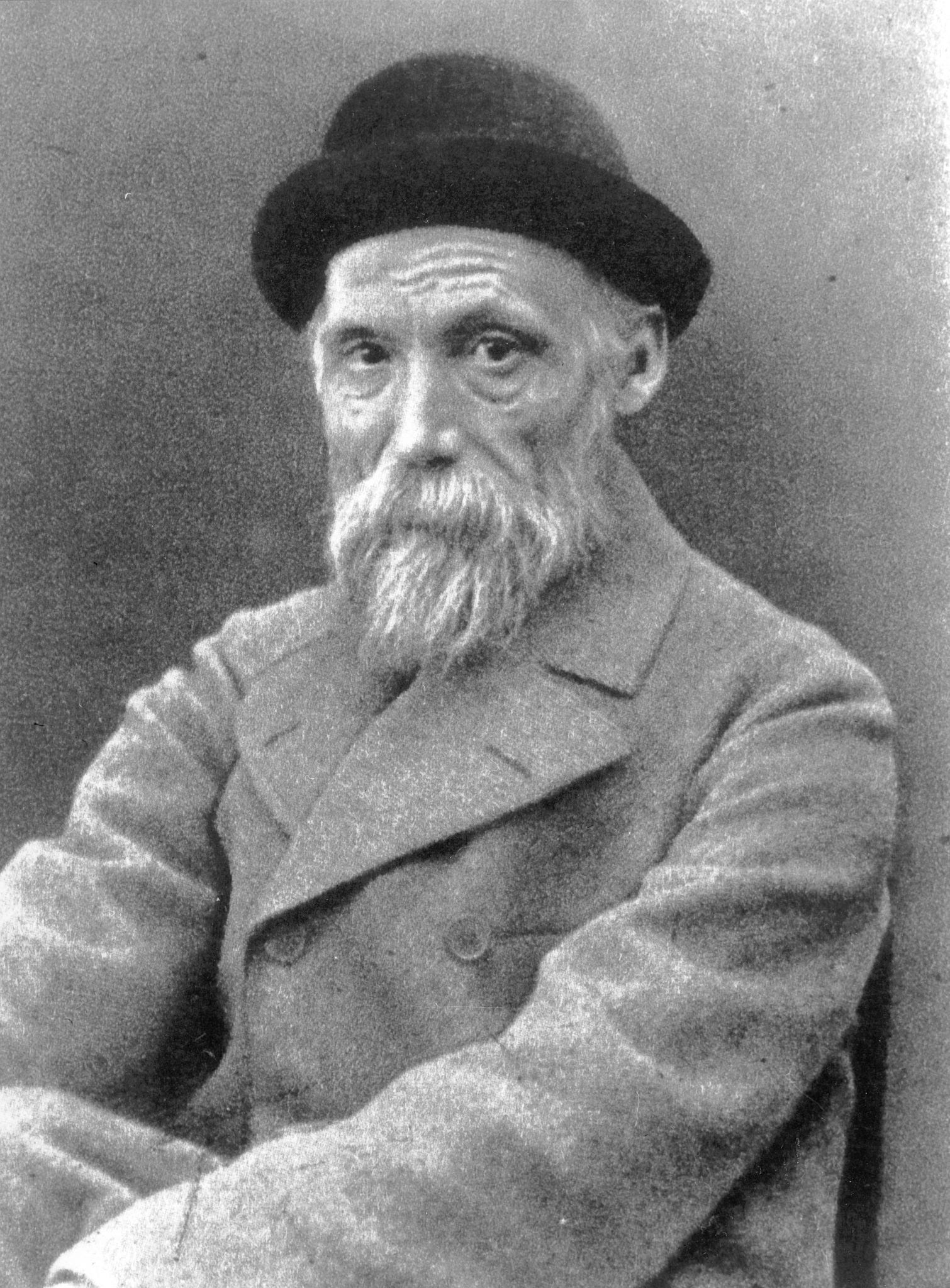PauLu Art Gallery
Pierre Auguste Renoir
Pierre-Auguste Renoir was among the central artists who launched the Impressionism movement in the 1870s, but the name of the movement was originally an insult, and its initial exhibition was unsuccessful. One of the most highly regarded artists of his time, Renoir was born in 1841, in Limoges, France, and started painting at age 13 after becoming an apprentice to a porcelain painter.
Renoir's early works depicted real-life scenarios and featured pleasant, light themes. He was known as a master at facial expressions. He combined his technique of broken brush strokes with brash colors to portray light and movement of the subject. He enjoyed painting figures, particularly of women.
The Impressionists were considered radicals for breaking rules of traditional forms of painting, but the movement caught on and led to others, including Neo-Impressionism, Post-Impressionism, Fauvism and Cubism. As a leading figure of the Impressionist group, Renoir evolved a technique of broken brushstrokes and used bold combinations of pure complementary colours, to capture the light and movement of his landscapes and figure subjects.
